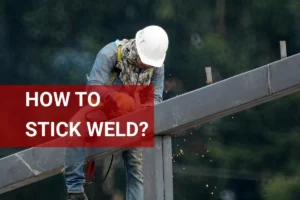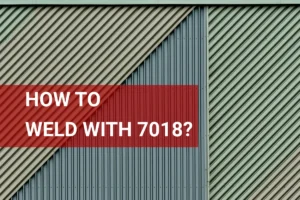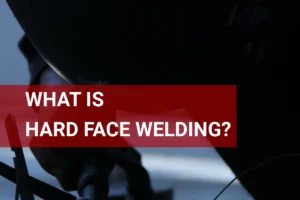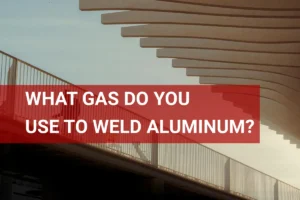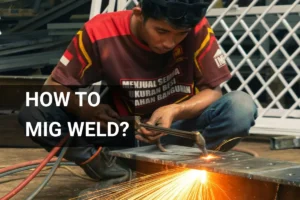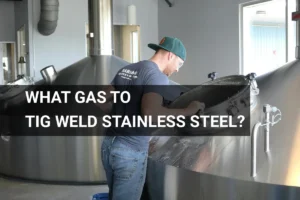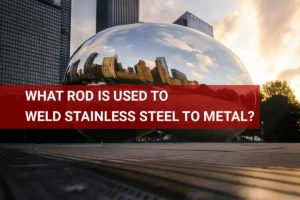What Rod to Weld Cast Iron? Discover the Best Options and Essential Tips!
Published on: April 12, 2025 | Last modified: March 4, 2025
By: Joe Carter
You may ask, what rod to weld cast iron? Choosing the right welding rod is crucial. I’ve learned the hard way that using the wrong rod can lead to cracks and weak welds that need rework.
In this guide, we will explore what welding rod to use for cast iron, the various types of cast iron, steps for successful welding, common issues you might face, and tips for aftercare. We’ll also look at the factors influencing which rod to weld cast iron and applications of welded cast iron. Lastly, we’ll prepare for alternatives if welding isn’t your best option.
Contents
- What Rod to Weld Cast Iron?
- How Does the Right Rod for Welding Cast Iron Work?
- Types Of Cast Iron
- Welding Rod Comparison Chart
- Steps to Weld Cast Iron
- Factors Influencing Which Rod to Weld Cast Iron
- Common Issues You Might Encounter
- Aftercare, Inspection, and Advanced Tips for Welding Cast Iron
- Applications Of Welded Cast Iron
- Exploring Alternatives to Welding Cast Iron
- Frequently Asked Questions (FAQs)
- Conclusion
- References
What Rod to Weld Cast Iron?
For welding cast iron, use rods like nickel or hydrogen-based options. These rods resist cracking and ensure strong bonds. You’ll typically find them in repair work, motor casings, and plumbing fittings due to their durability.
How Does the Right Rod for Welding Cast Iron Work?
When you want to weld cast iron, choosing the right welding rod is crucial. Cast iron’s high carbon content—typically 2% to 4%—makes it brittle. To weld effectively, you’ll usually want to select rods like the 7018 or 6013. These rods soften the heat-affected zone, making the joint stronger at up to 550 °C (1,022 °F).
Many welders debate the best welding rod for cast iron. In my experience, using a Ferro Nickel rod can also be effective, especially when welding cast iron to steel. This adds extra tensile strength and reduces the risk of cracking.
Based on my experience with different rods for cast iron, results can vary. The 7018 works well on thicker materials, while the 6013 is better for thinner areas. Always remember to preheat your workpiece; it makes a significant difference!
Types Of Cast Iron
What are the types of cast iron, and which rods do you use to weld them?
-
Gray Cast Iron
Gray cast iron is the most common type, characterized by high carbon content that gives it a gray appearance. Use a nickel-based rod, like a Ferro Nickel welding rod, for a solid weld. Preheat the area to about 300°F (150°C) and maintain low travel speeds for better fusion. For applications that require versatility in welding, consider exploring multi-process welders.
-
Ductile Cast Iron
Ductile cast iron has improved strength and flexibility due to its spherical graphite structure. Use a 7018 welding rod for ductile iron. Preheat to around 400°F (200°C) and keep heat input low to prevent cracking. To better understand potential issues such as what causes porosity in welding, it is important to consider proper welding techniques and material properties.
-
White Cast Iron
White cast iron is hard and brittle, making it difficult to weld. Use special rods like 6013 for this material. Preheat the iron to about 500°F (260°C) and use a weaving technique to distribute heat evenly. To master challenging welding positions like overhead, explore this resource on how to weld upside down.
-
Malleable Cast Iron
Malleable cast iron is heat-treated to improve ductility. A 7018 rod is suitable for a reliable weld. Preheat to 300°F (150°C) and use slow welding speeds to reduce the risk of cracking.
-
Compacted Graphite Iron
This type has properties between gray and ductile cast iron, making it versatile. Use a nickel-based rod similar to those for gray cast iron. Preheat to around 350°F (180°C) and monitor the weld pool to avoid imperfections.
You should now have a good understanding of the different types of cast iron.
Welding Rod Comparison Chart
Choosing the right rod can be tough. Here’s a quick comparison of common welding rods for cast iron:
| Welding Rod | Type | Tensile Strength (ksi) | Best For |
|---|---|---|---|
| NiFe Rod | Nickel-Iron | 70 | General repairs |
| NiCu Rod | Nickel-Copper | 80 | High strength applications |
| Graphite Rod | Graphite | Variable | Specialty applications |
Choosing the Right One
Which rod will you pick? Always consider your specific repair needs. Do you need strength or flexibility? Each rod offers its unique advantages.
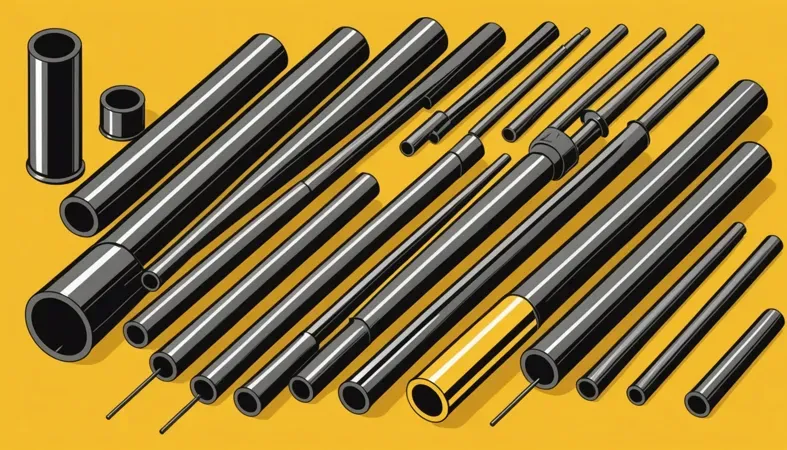
Steps to Weld Cast Iron
Now, we’ll cover how to choose the best rod for welding cast iron.
-
Prepare the Work Area
Clear your workspace. Remove debris and potential hazards from your project area. Ensure your welding rig is fully operational and plugged in. An organized area can prevent mistakes and keep the process smooth. Set up ventilation. Good airflow disperses fumes while welding, reducing the chance of breathing in harmful gases. A fan or open window makes a difference! If you are a welder undergoing specific medical checks, you might wonder if a welder can get an MRI.
-
Select the Appropriate Rod
Choose a rod suitable for cast iron. Recommended rods are 99% nickel and 7018 low-hydrogen rods. Nickel rods (Like Nickel 55) provide excellent strength and ductility. Use 3.2 mm (1/8 Inch) diameter rods for thick sections and 2.4 mm (3/32 Inch) for thinner cast iron.
Consider your project’s specifics. If you’re welding cast iron to steel, a ferro-nickel rod works well to manage different thermal expansions. Always consult your welding machine’s manual for settings before you start.
-
Preheat the Cast Iron
Preheat your workpiece to prevent cracks. Heat the area to about 200°C (392°F) using a torch. Preheating makes a difference by relaxing the material and ensuring a strong bond.
Monitor the temperature closely. Use an infrared thermometer for accuracy. If it cools too much, gradually raise the temperature again to avoid thermal shock. Aim for an even temperature across your workpiece.
-
Begin Welding
Start by laying a bead at the joint. Move steadily and use a weaving motion to ensure proper fusion. Maintain a travel speed of about 5 inches per minute for optimal penetration. Monitor your weld puddle. It should flow smoothly without irregularities. If you notice a dull sound or uneven surface, adjust your technique. Being attentive makes a significant difference! For more specific methods, learn about welding in a vertical position.
-
Allow to Cool Gradually
After welding, let your piece cool naturally. Sudden cooling can cause cracking. Cover it with a thick blanket or sand to maintain heat, which helps control the cooling rate effectively.
Don’t rush this step. Allow it to cool for 2-4 hours, or overnight if possible. Patience pays off, especially when working with cast iron.
We covered the steps for welding cast iron here. Next, we will cover the factors influencing which rod to use for welding.
Factors Influencing Which Rod to Weld Cast Iron
What factors determine the right welding rod for cast iron?
-
Thickness Of the Cast Iron
Thicker cast iron requires different rods. For instance, rods like 7018 work well for sections over 1 inch (25.4 Mm) thick due to their strength.
-
Welding Technique Used
The technique matters—TIG and MIG require specific rods. Each method controls heat differently, impacting rod selection for cast iron welding.
-
Type Of Filler Material
Using the right filler can make a significant difference. Nickel-based rods are excellent for welding cast iron to steel while preventing cracking.
-
Preheating Temperature
A preheating temperature of about 400°F (204°C) may be necessary for thicker pieces. This helps reduce stress and prevent cracking.
-
Cooling Rate Post-welding
Slow cooling is crucial. Rapid temperature drops can lead to warping or cracks in the weld, especially in high-stress areas.
We have now covered the factors influencing the choice of rod for welding cast iron. Next, we will examine common issues you might encounter.
Common Issues You Might Encounter
Let’s look at unique problems you may face when welding cast iron.
-
Cracking During Cooling
Cast iron can crack unexpectedly as it cools. Check for visible fractures after welding. Use preheating techniques, maintaining a temperature of around 260°C (500°F), to reduce cracking.
-
Poor Weld Penetration
Cast iron can have weak weld lines. If your weld appears only surface-deep, check your travel speed. Aim for slower movement for better penetration. Consider using a nickel-based rod for improved results.
-
Difficult Joint Preparation
Preparing cast iron joints can be challenging. Look for rust or paint—clean these with a grinder. Ensure a tight fit for a strong bond, and use a low-heat input technique to protect the metal.
-
Inconsistent Heat Distribution
Uneven heat can be an issue with cast iron. Watch for warped areas. Use interpass heat monitoring and consider a larger heat sink to distribute heat evenly across the surface.
-
Contamination Of the Weld Zone
The weld zone on cast iron can become contaminated with grease or dirt. Before welding, wipe the area with a clean cloth and acetone to ensure a cleaner weld, preventing weak joints.
Aftercare, Inspection, and Advanced Tips for Welding Cast Iron
Here’s focused advice on aftercare, inspection, and expert tips for welding cast iron.
Aftercare Tips
After welding cast iron, cool the weld slowly to prevent cracks. Place a heat blanket over the weld area for at least 30 minutes. Use anti-spatter spray to reduce oxidation and protect the surface.
It is crucial to employ protective gear during welding to safeguard against harmful ultraviolet and infrared rays. Learn about the risks of welding mask-free.
Inspection
Inspect the finished weld for porosity (Tiny Holes) and fractures. A useful tool is a magnifying glass with at least 10x magnification. I’ve used Klein Tools welding helmets, which improve visibility during inspection.
Expert Tips
I recommend preheating the area to 200°F (93°C) before welding. Use a rod like the 309Mo with 1/8-inch (3.2 Mm) thickness. Apply post-weld heating in an oven at 400°F (204°C) for one hour to relieve stress.
Applications Of Welded Cast Iron
People commonly use specific rods for welding cast iron, with applications including:
- Repairing Engine Blocks: Used to fix cracks. Nickel rods work well here, bonding effectively for durable repairs.
- Restoring Antique Furniture: Ideal for welding broken decorative elements. Bronze rods are popular for their aesthetic appeal and strength.
- Fabricating Manifolds: Essential in heavy machinery. A 310 stainless steel rod is often preferred for its heat resistance and strength.
- Molding Complex Shapes: Useful for sculptures or artistic projects. Artists often choose ductile iron rods for their flexibility and ease of use.
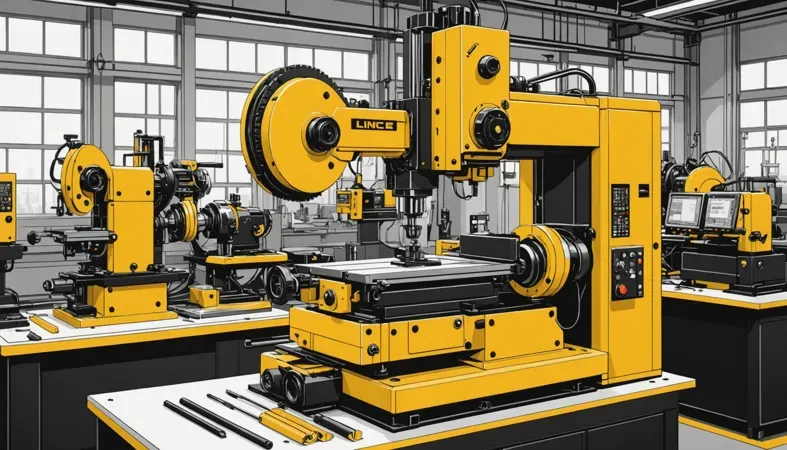
Exploring Alternatives to Welding Cast Iron
There are several methods you can use instead of traditional welding rods. For instance, epoxy adhesives, such as J-B Weld, can bond cast iron effectively without heat. I’ve often found myself thinking that sometimes, using mechanical fasteners or brazing, like with brass rods, can save time and effort, especially in more delicate repairs.
Additionally, stone or cast iron patches could be handy for filling gaps. These patches can be a great option when you’re dealing with larger cracks. In situations where welding might cause stress, like thin sections, these alternatives offer a safer, stress-free solution. It’s all about choosing what works best for your specific project.
Frequently Asked Questions (FAQs)
Here are some questions I typically get asked regarding welding cast iron.
What is the Best Rod for Welding Cast Iron?
Yes, many consider nickel-based rods the best rod for welding cast iron. These rods offer excellent ductility, reducing the risk of cracking. Some common options are ERNiFe-7 and ERNiFe-8, which have a tensile strength of 620 MPa (90,000 Psi) and maintain integrity in critical applications.
Can You Use 7018 to Weld Cast Iron?
No, you shouldn’t use 7018 to weld cast iron as this rod is primarily suited for low-alloy steels. Cast iron demands rods specifically designed with nickel or iron powder. Using improper rods increases the risk of weld failures and costly repairs later on.
What Kind Of Welding Do You Use on Cast Iron?
You generally use either gas welding or arc welding for cast iron. Gas welding, especially with a nickel rod, works well for thick sections. Arc welding provides better strength, especially in high-stress parts, offering a tensile strength around 600-800 MPa (87,000-116,000 Psi).
Can You Weld Cast Iron With Normal Rods?
No, you shouldn’t weld cast iron with normal rods. Normal rods can lead to poor fusion and high shrinkage rates, resulting in cracks. Specific rods tailored for cast iron contain elements that help mitigate these issues and promote a successful bond.
What Rod to Use to Weld Cast Iron to Steel?
For welding cast iron to steel, use a nickel-based rod or a ferrous iron rod. Nickel rods like ERNiFe-7 bridge the difference in properties between cast iron and steel, providing strong joints with a tensile strength of about 600 MPa (87,000 Psi).
Conclusion
We’ve covered a lot in this article about what rod to weld cast iron. We discussed the various types of cast iron, steps for welding, factors influencing rod choice, common issues, and essential aftercare tips. Also, we touched on welding applications and explored alternatives to welding cast iron.
So, what rod to weld cast iron? For most situations, a nickel-based rod, like a 55% nickel rod, works best to ensure strong bonds. Wishing you success in your welding projects as you pick the right options to achieve solid, reliable welds.
If you’re interested in exploring more topics related to welding, visit our homepage at What is Welding, where you’ll find a wealth of expert blogs and helpful advice.
References
- American Welding Society. (2015). AWS D1.1/D1.1M: Structural Welding Code – Steel. Miami, FL: AWS.
- European Welding Federation (EWF): https://www.ewf.be
Joe Carter is a retired welding professional with over 40 years of hands-on experience in the industry, spanning ship repair, structural welding, and even underwater projects. Joe is a master of MIG, TIG, and Stick welding. Passionate about mentoring the next generation of welders, Joe now shares his decades of expertise and practical insights to help others build rewarding careers in welding.
American Welding Society, Cast Iron, Nickel Rods, Protective Gear, Repair Tips, Welding, Welding Applications, Welding Rods, Welding Techniques
